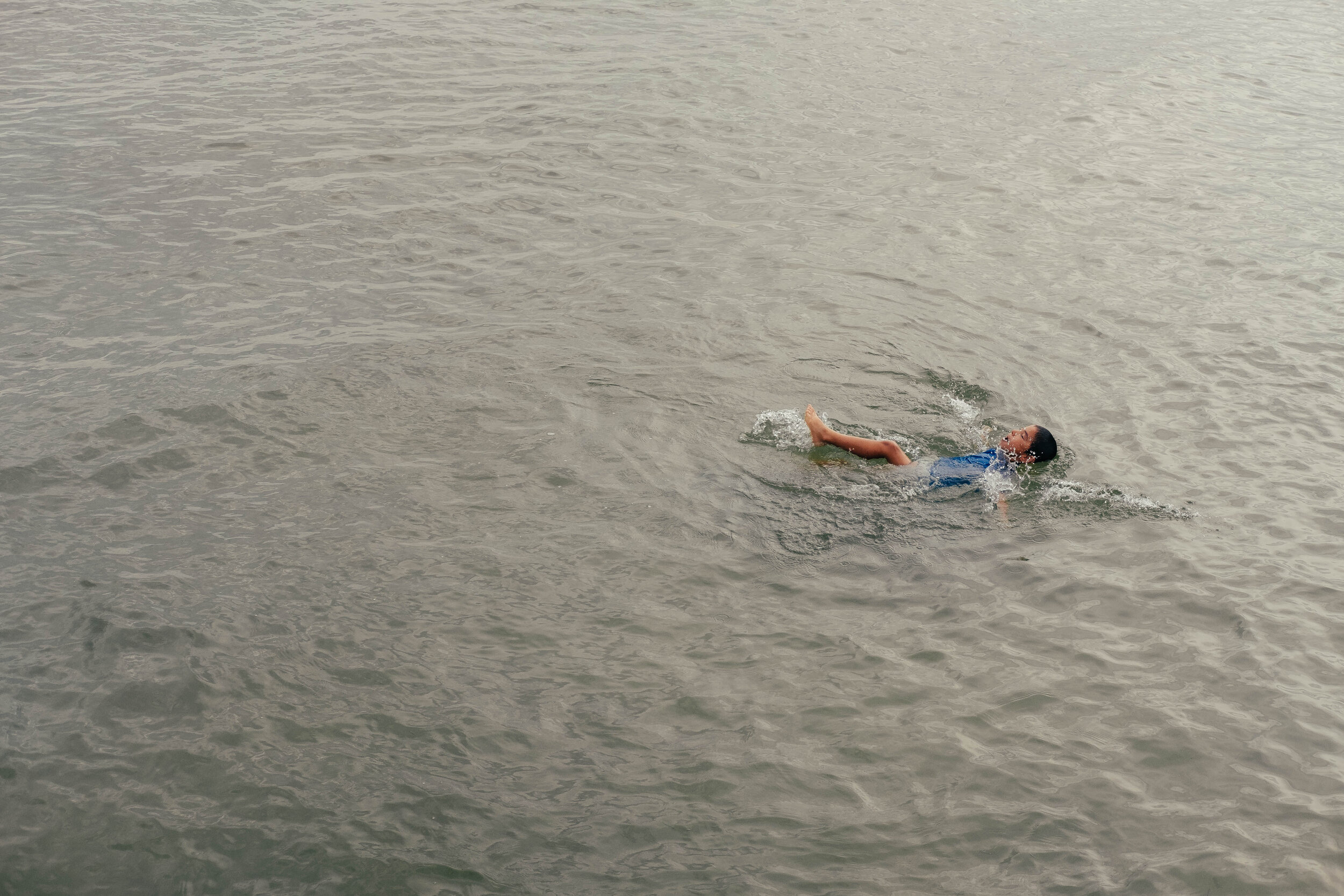Water Safety and What You Need to Know
This article was written and published in the summer of 2020.
The combination of a heatwave here in the UK and restricted access to swimming pools following months of closure due to the COVID-19 pandemic has led to more people swimming in ponds, rivers, lakes and of course the sea. For some this has been a wonderful opportunity to discover wild swimming but for others it has ended in tragedy.
Nearly every day as I scan through news articles I am seeing another story relating to a drowning, or a body found in water, and my personal social media feeds are full of happy pictures of families at the seaside or taking to their local rivers to cool off and have fun. Why are some of these stories ending in tragedy and not others? I think that a lot of it has to do with education, and knowing what to do if you find yourself in trouble. One of the news stories that particularly caught my eye was that of a young boy who found himself in difficulty and was able to float for an hour and shout for help until he was rescued . When interviewed the brave young man said that he had learned what to do from watching a television program. We want everyone to have access to this information, it’s something that I am very passionate about and I have been into a number of schools to offer free water safety talks to get the message out there.
Talk and Teach Children about Water Safety
What can you do to keep yourself and your children safe around water?
If you can, enrol your children (or even yourself) into swim lessons – you can check with the swim school at what stage they offer survival and lifesaving lessons; some swim schools teach this across all ages and stages where as others like swimmers to have a degree of competency before attempting to teach this. We at SWiRL believe that it’s never too soon to start learning what to do.
We know that not all swimming lessons have started up again so here is a check list of things that you can do at home:
Watch videos from the RNLI Float to Live campaign (www.respectthewater.com)
Learn the Water Safety Code (https://www.rlss.org.uk/the-water-safety-code)
Practice ears in the water laying down in the bath* and encourage looking at the hairline with the eyes (impossible to look at your own hair but it helps put your head in a great position for floating); add a verbal reminder “that’s perfect for when we need to float! On our back, ears in the water, trying to look at our hair with our eyes”
Practice face in the water in the bath. If you have a child that doesn’t like to get their face wet, start slowly and try just the chin or one cheek first, make a game out of it to build confidence – Remember, water on a child’s face should be their own choice, do not forcibly pour water over their face or submerge them, follow their lead. As an added confidence practice you can encourage blowing bubbles in the water, you can have lots of fun with this! Who can make the biggest bubbles, the loudest bubbles, the fastest bubbles?
At the pool:
Practice rolling over from front to back, if someone falls into water they are more likely to land face in than face out. You can either roll sideways like rolling over in bed or tuck the knees to roll vertically onto the back.
Practice floating, spread the arms and legs wide, encourage tummy up (belly button reaching for the sky). The real key to floating is head position though, and the easiest way to get the head in the right position is ears in the water and eyes trying to look at the hairline.
Practice jumping (safely!) into the water
When confident in each of the practices, link the skills. Jump then roll onto the back, then float arms and legs extended wide (called a star float). Then you can introduce the shout for help aspect.
Learning to Float on your back
Out and about:
Talk about water safety, not wandering too far from a safe person and staying away from the edge of the water
When you are out near water, offer reminders “remember if we fall in the water first we roll onto our back, then we float and shout for help” we wait until help arrives.Talk about who to call and what to do if someone else falls in – the key point being that they should not get into the water to help someone.
None of this is intended to replace proper instruction through dedicated swim lessons but we felt that it was important to push the information out whilst not all swim lessons and pools are up and running again yet.


